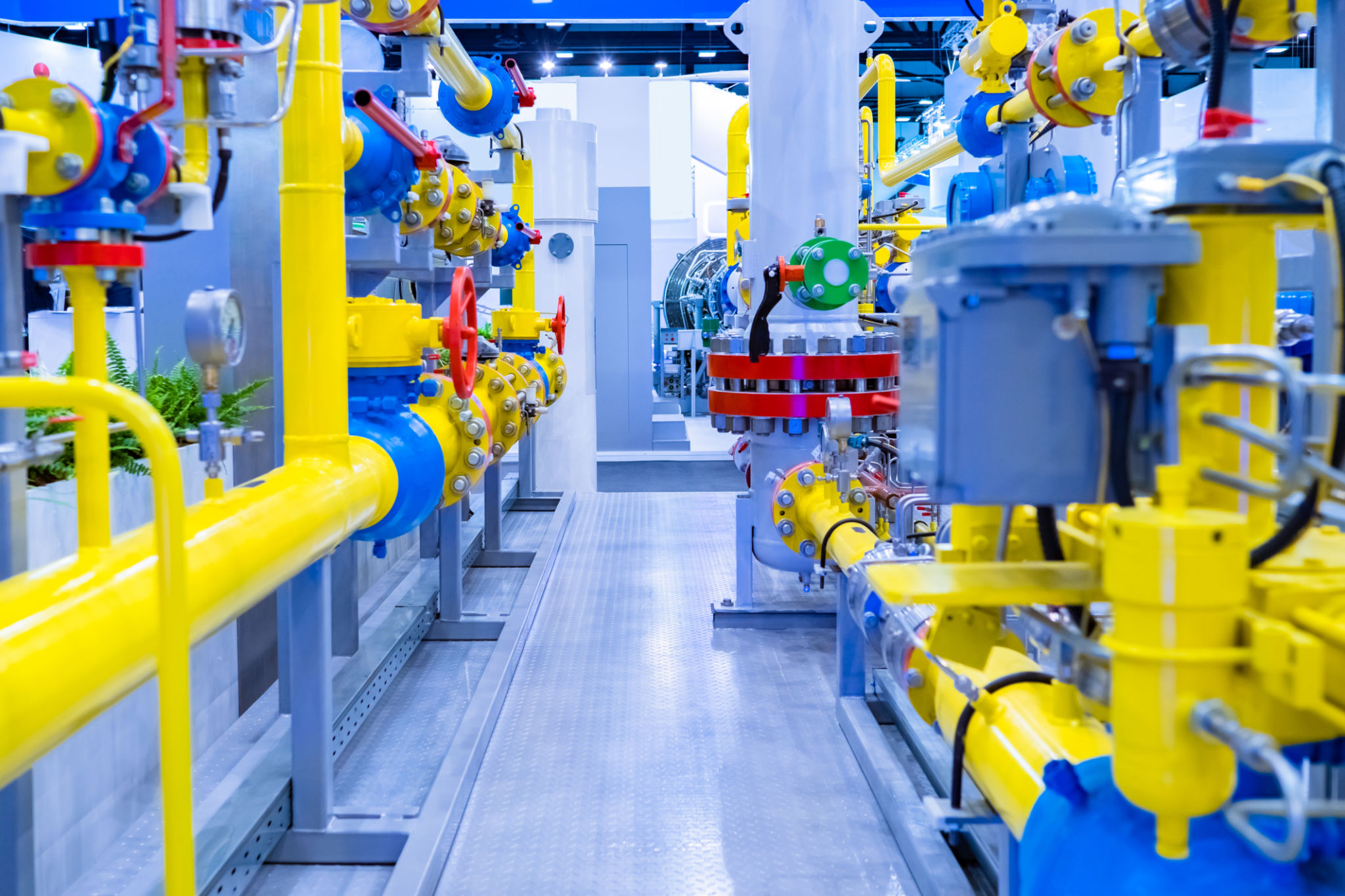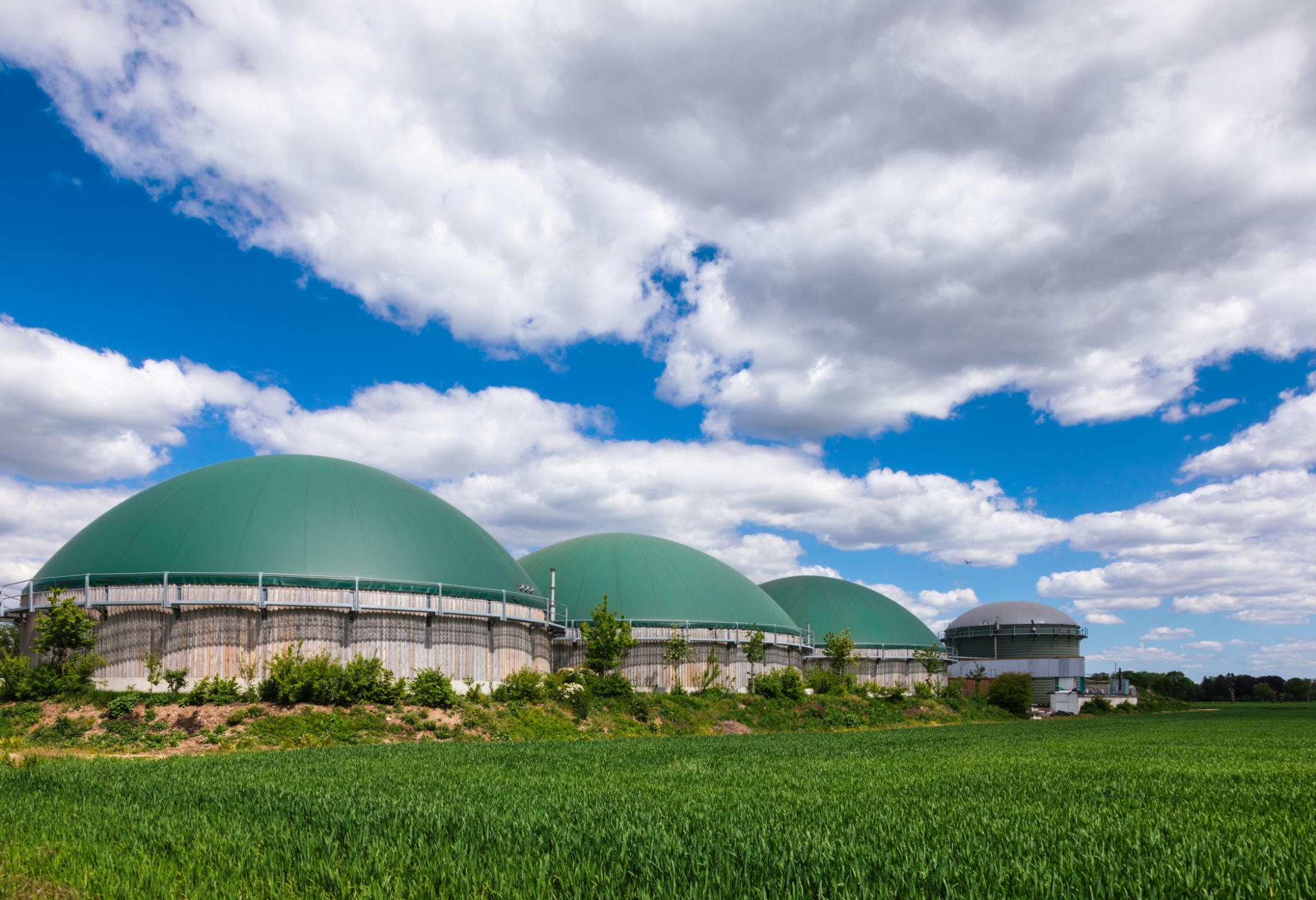Affordable Energy: Comparing the Cost-Effectiveness of Different Waste-to-Energy Solutions
Introduction to Waste-to-Energy Solutions
In an era where sustainable energy sources are becoming increasingly vital, waste-to-energy (WtE) solutions offer a promising approach to managing waste while generating power. By converting various types of waste into usable energy, these technologies not only help reduce landfill usage but also contribute to a more sustainable energy grid. This blog post examines the cost-effectiveness of different WtE solutions, providing insights into their potential as affordable energy sources.
Understanding Waste-to-Energy Technologies
Waste-to-energy technologies encompass a range of methods that transform waste materials into electricity, heat, or fuel. The most common technologies include incineration, gasification, pyrolysis, and anaerobic digestion. Each technology has its unique process and level of efficiency, influenced by the type of waste processed and the technology used.

Incineration: A Traditional Approach
Incineration is one of the oldest and most widely used WtE technologies. This method involves burning waste at high temperatures to generate steam, which powers turbines to produce electricity. While incineration is efficient in terms of volume reduction, its cost-effectiveness can vary greatly depending on the waste composition and facility operations. Moreover, modern incineration plants are designed to minimize emissions and capture useful byproducts such as metals and ash.
Advanced Gasification Techniques
Gasification involves heating waste materials in an oxygen-limited environment to produce a synthesis gas (syngas). This syngas can be converted into electricity or used as a feedstock for chemical production. Gasification is considered more efficient than incineration as it produces fewer emissions and can handle a broader range of waste types. However, the initial setup costs can be higher, making it essential to consider long-term benefits.

Pyrolysis: Breaking Down Complex Materials
Pyrolysis is a process that thermally decomposes organic materials in the absence of oxygen. This method is particularly effective for processing complex waste materials like plastics and tires. The end products include bio-oil, syngas, and char, all of which have potential energy applications. Pyrolysis systems can be cost-effective for facilities dealing with specific waste types, but their viability heavily depends on market demand for the byproducts.
Anaerobic Digestion: A Biological Alternative
Anaerobic digestion employs microorganisms to break down biodegradable waste in an oxygen-free environment, producing biogas and digestate. This process is particularly suitable for organic wastes like food scraps and agricultural byproducts. Anaerobic digestion is often praised for its dual benefits of waste reduction and renewable energy production. Furthermore, it tends to have lower capital costs compared to thermal methods.

Comparing Cost-Effectiveness
When evaluating the cost-effectiveness of these technologies, several factors should be considered:
- Capital and Operational Costs: Initial setup and ongoing maintenance expenses can significantly influence overall cost-effectiveness.
- Revenue Streams: Income from energy sales and byproduct markets can offset costs.
- Environmental Benefits: Technologies offering greater environmental advantages may be eligible for subsidies or incentives.
- Waste Composition: The type and quantity of available waste can impact the efficiency of each technology.
Conclusion: Embracing Sustainable Energy
As we move towards a more sustainable future, integrating waste-to-energy solutions into our energy portfolio can offer significant benefits. While each technology has its own strengths and limitations, careful consideration of local conditions and available resources can help identify the most cost-effective solution. By harnessing the potential of WtE technologies, we can achieve a cleaner environment and a more resilient energy system.
